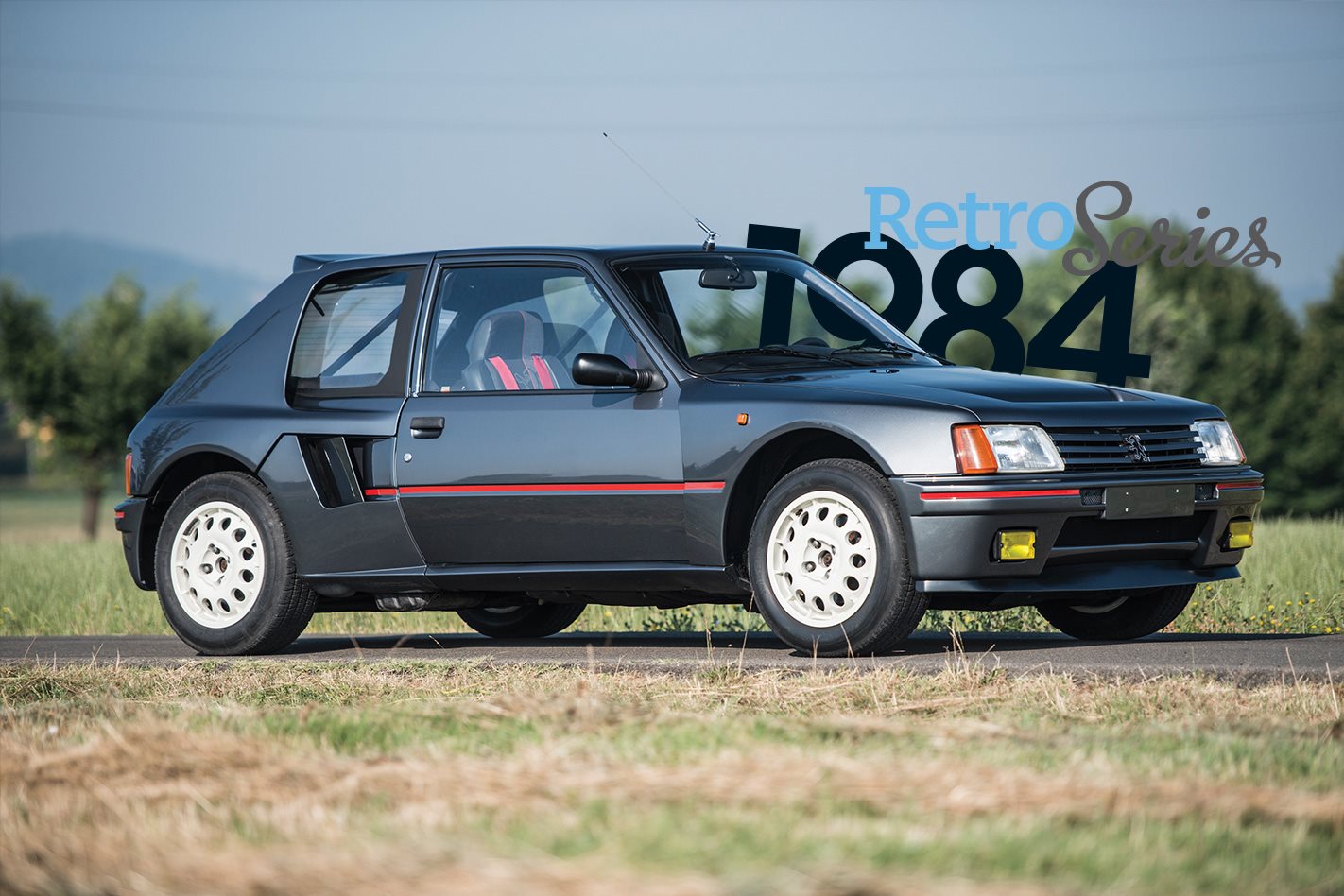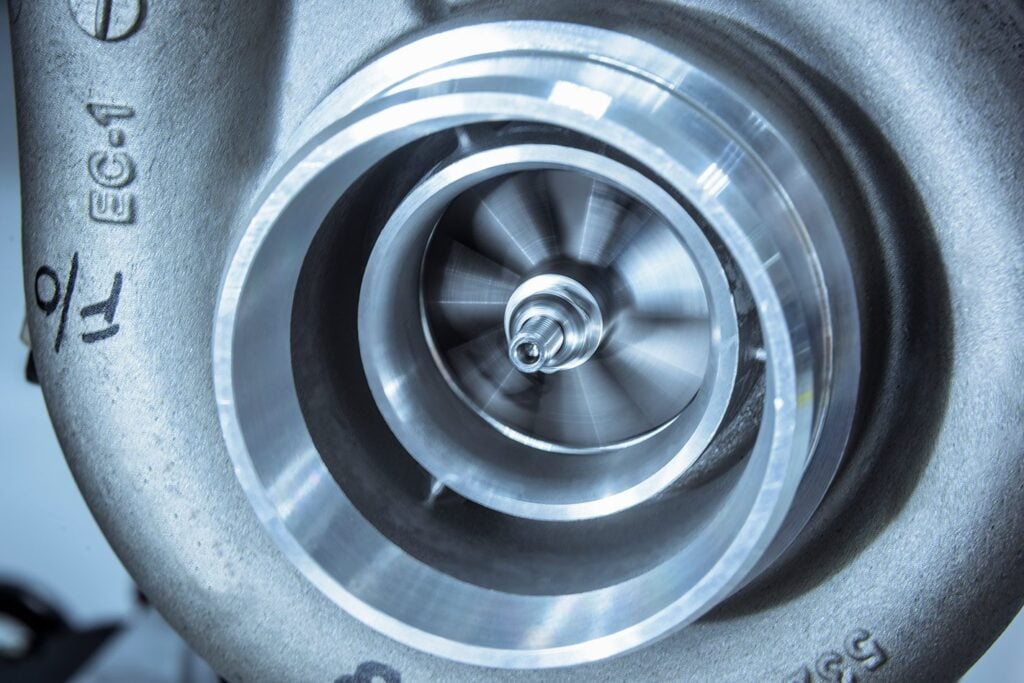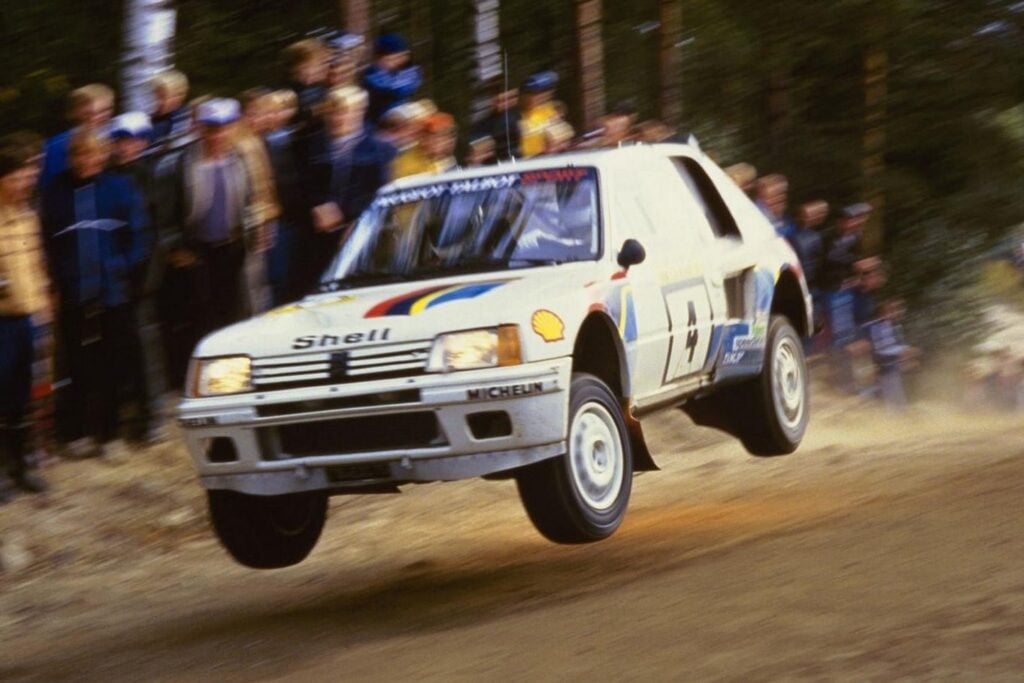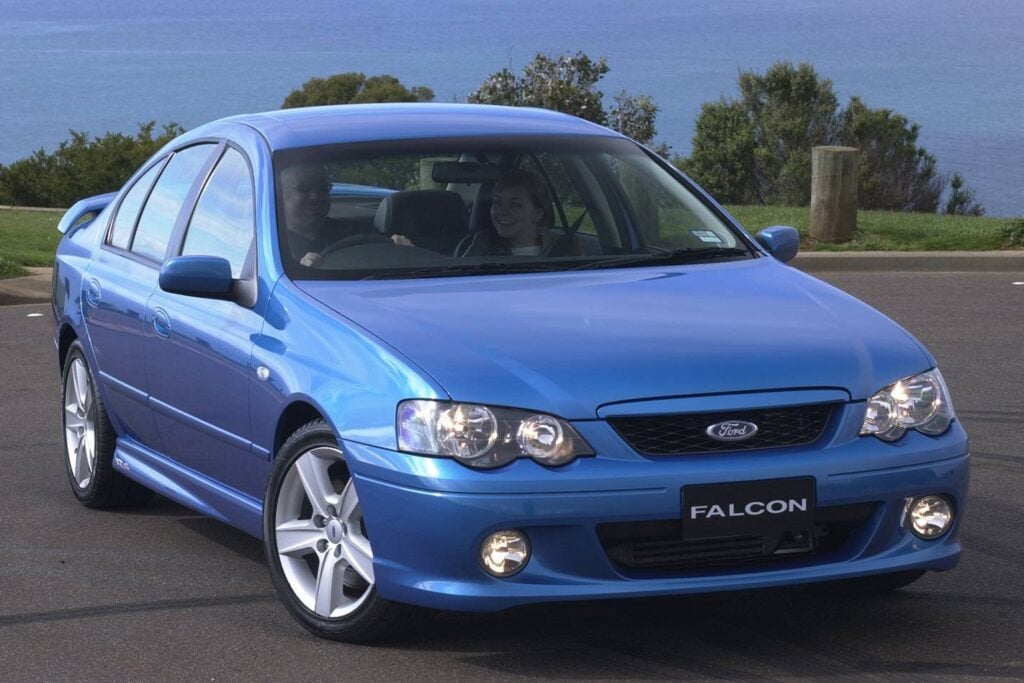Consider yourself a certified beanie-wearer if you can name the car that won the 1981 World Rally Championship.
This was the year before rallying was re-written by both Group B and the all-wheel drive Audi Quattro … The 1981 drivers’ title was won by Ari Vatanen in the legendary Ford Escort RS – but few remember that the manufacturers’ championship was won by a square-cornered hatchback, the Talbot Sunbeam-Lotus.
The Talbot brand had come with PSA-Peugeot’s 1978 purchase of Chrysler Europe; the Sunbeam was a tough, rear-drive hatch.
The 2.2-litre Lotus-developed rally variants, driven by Guy Frequelin and Henri Toivonen, scored only one win but several podiums to nab the WRC constructors’ title.
Some key elements here – the Talbot’s small size and serviceability, and Frequelin’s co-driver, Jean Todt – would surface again in the Peugeot 205 Turbo 16, the car that would out-Quattro the Quattro.
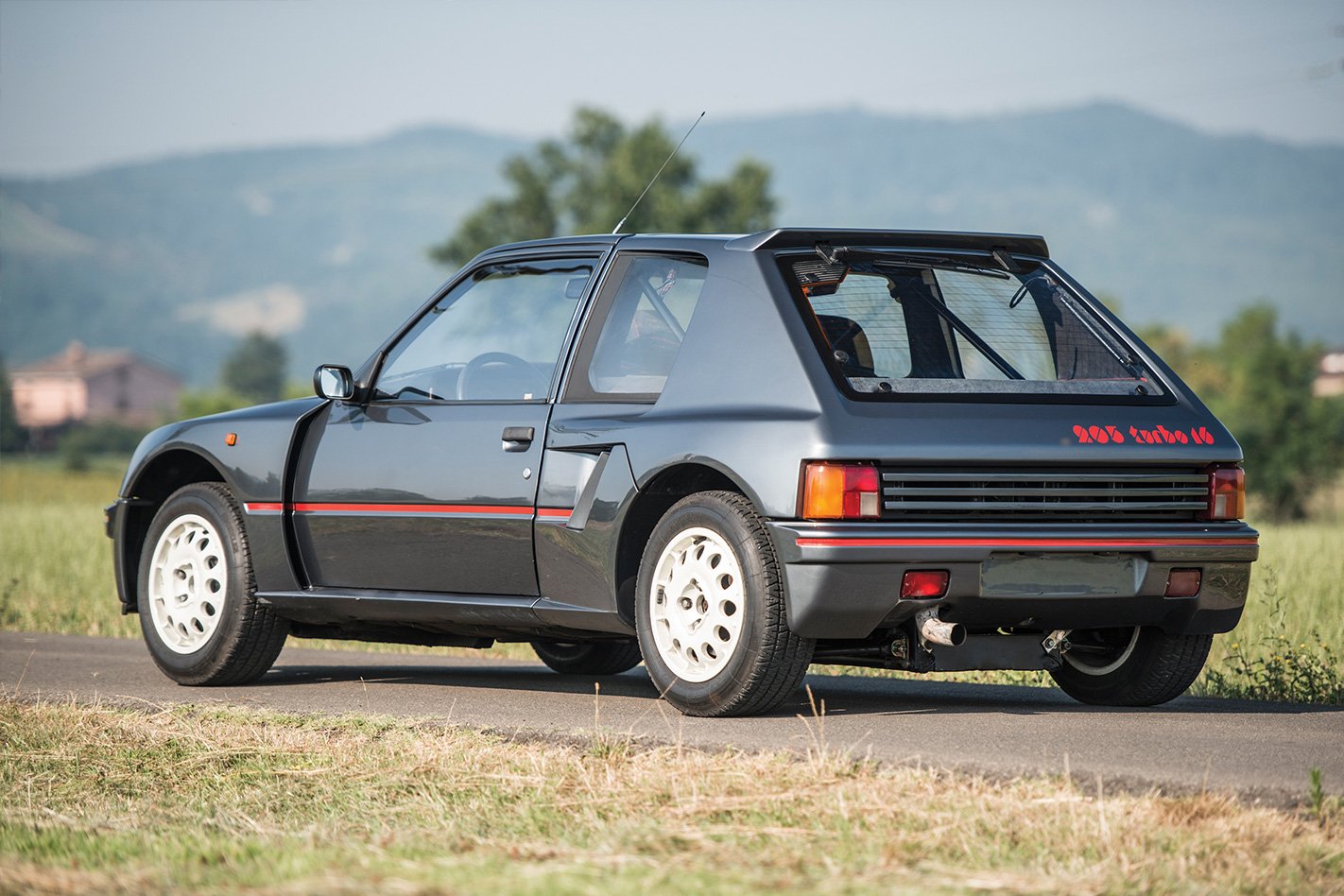
Mid-rally servicing access was paramount, with the upper rear half of the bodywork a single, hinged clamshell. The front of the engine was behind a removable panel, ahead of the right-rear wheel.

Crucially, Todt insisted that the T16’s ‘evolution’ competition spec be fully developed prior to production of the 200 road-going homologation cars. The Group B papers were lodged in August 1983 and the 200 road cars built in just eight months. Homologation was granted in April 1984.
Being effectively hand-built ‘evolution’ cars themselves, the road cars were expensive – equivalent to the Ferrari 308 GTB and Porsche 911 of the day – though with only a laggy 147kW, not especially quick. But its rallying twin was destined to be the most successful car of Group B, with 16 WRC victories and swooping both drivers’ and constructors’ titles in 1985 and 1986.
A total of 241 road-going T16s were built.
Low Blow
The T16’s 1775cc four-cylinder XU8T engine was based on Peugeot’s XU production family, but with a dohc 16v head and KKK K26 turbo with intercooler. Road cars claimed 147kW and 255Nm; Pikes Peak version made 410kW, on 3.0 bar boost.
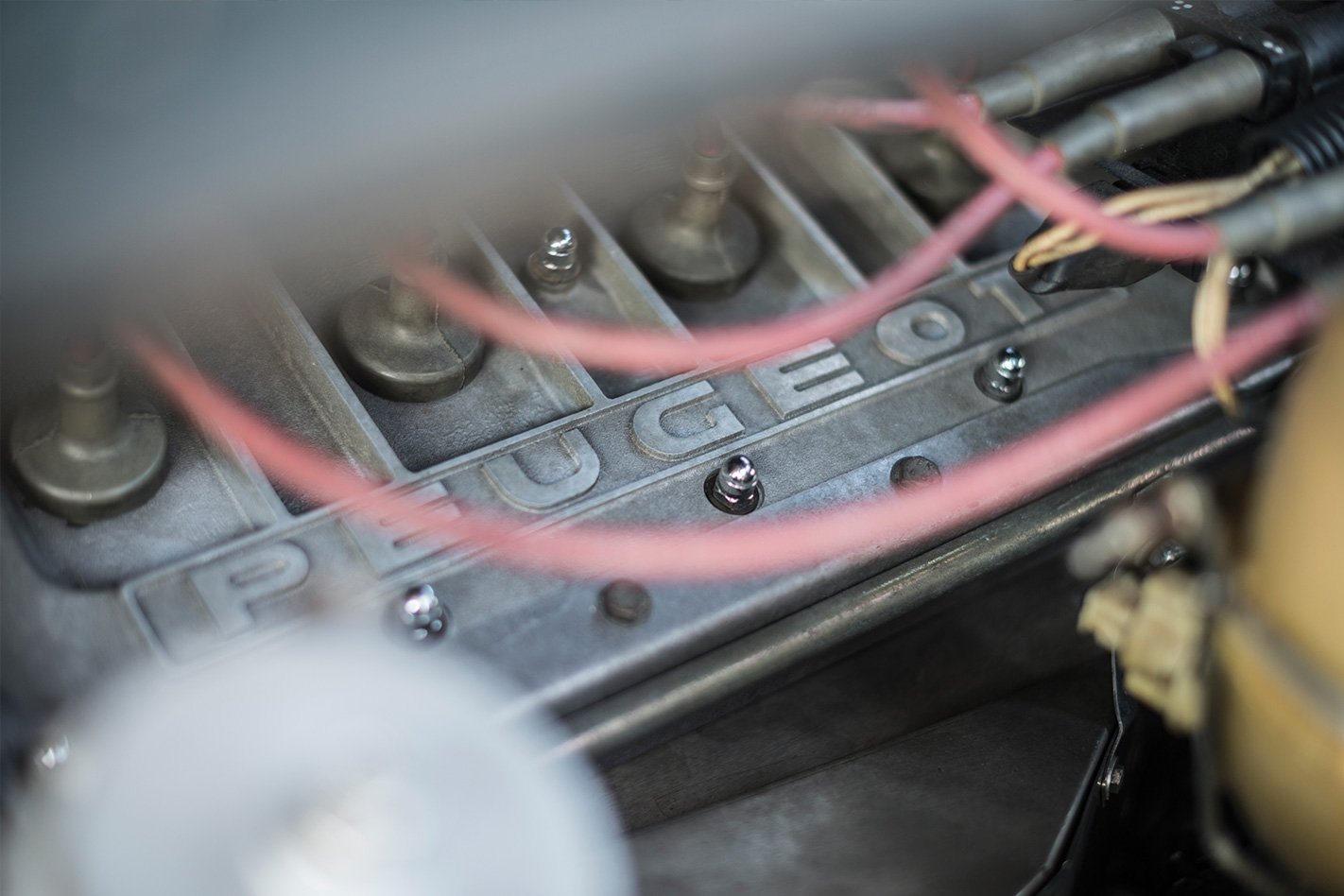
Access all areas
The transverse engine/gearbox was about accessibility and weight distribution, the latter ending up at 47/53 percent front/rear. The T16’s wheelbase was slightly longer than the FWD hatch (2540mm vs 2418mm).
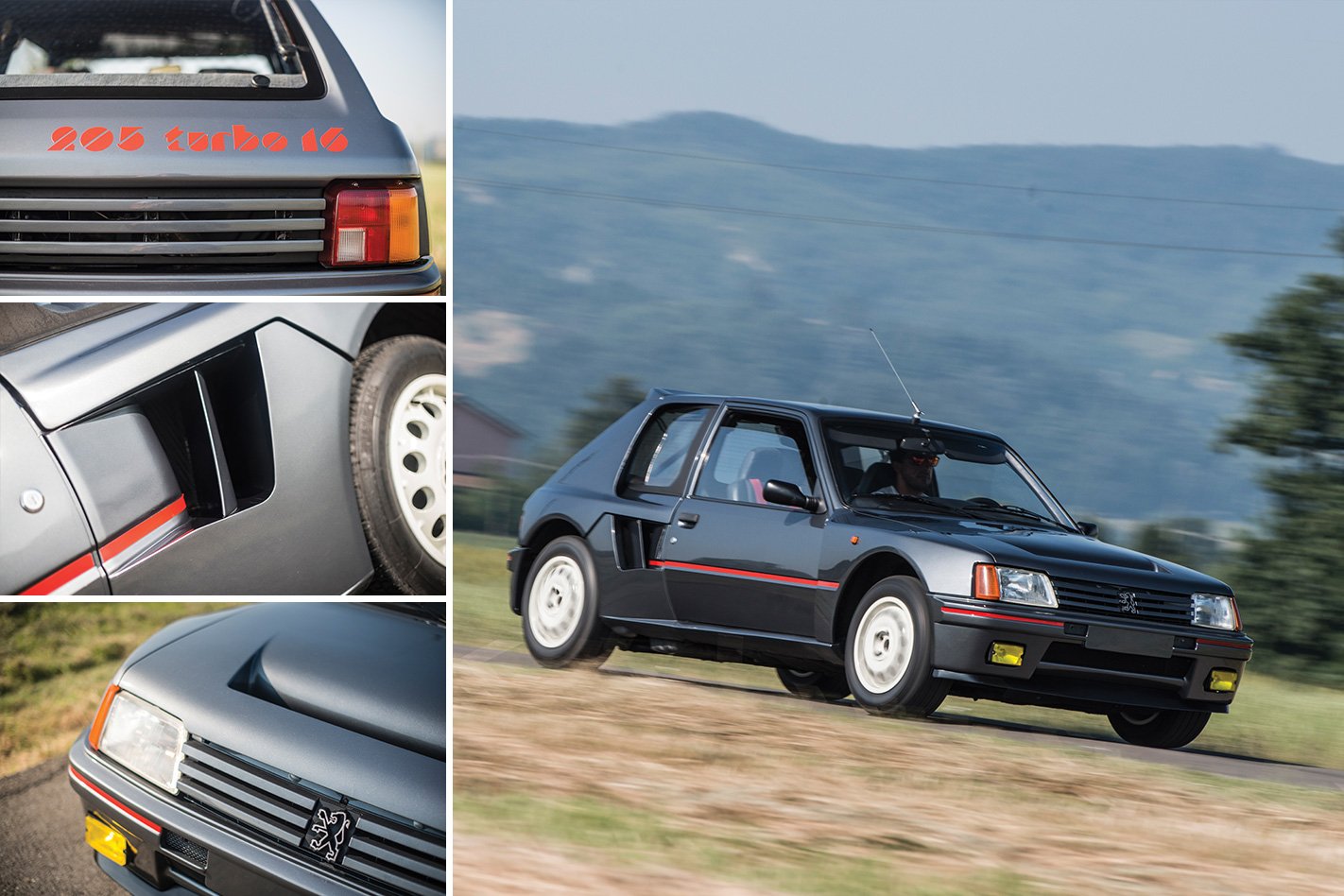
This little piggy
Any colour you like, so long as it’s gunmetal grey… To save time in the eight-month homologation build, the 205 T16 was built no differently from the works racers, but fitted with a slightly up-specced GTI interior.
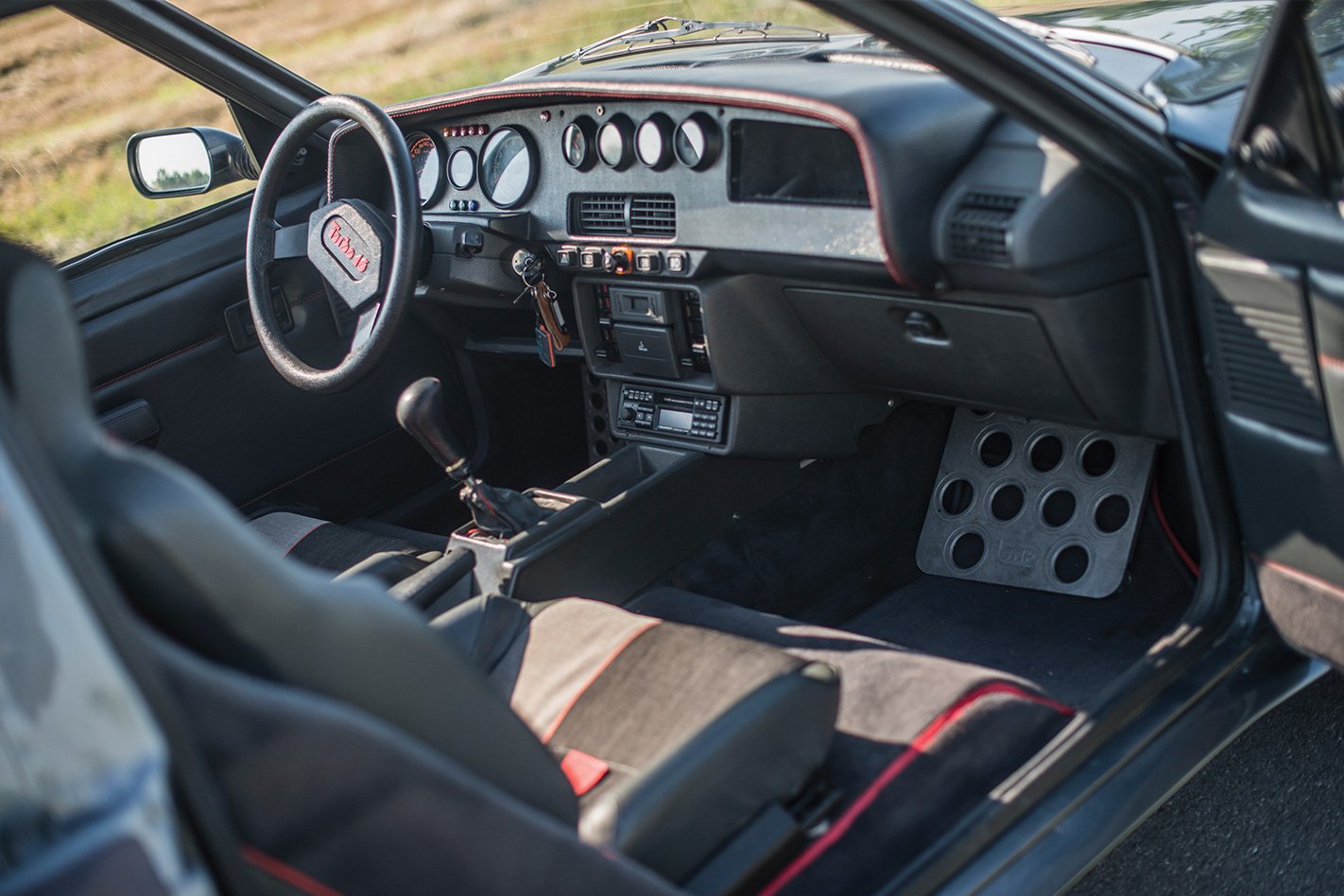
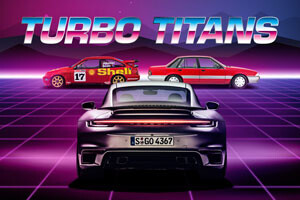 Turbo Titans
Turbo Titans
Everything you’ve ever wanted to know about the humble turbocharger and its miraculous power-boosting abilities.

